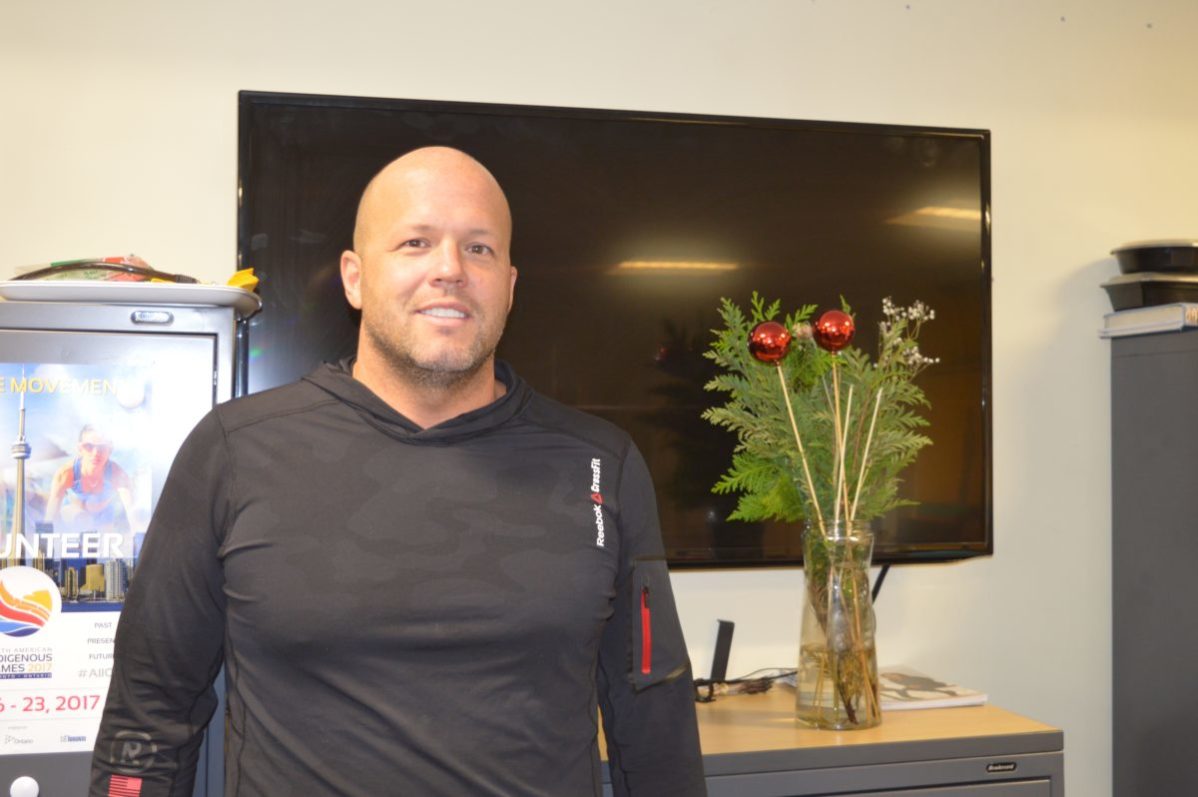Anishinaabe Health and George Brown partnership offers students community-based social work training
For James Costello, an Ojibwe from Chippewas of Nawash Reservation, school had always been a challenge.
Before dropping out of high school, Costello said he would present as Italian and participated in athletics to fit in with his peers. He was always afraid that his peers would find out he was Indigenous; he would never invite friends home.
“My grandmother was in residential school, and there was a lot of blame and self-loathing in my family,” said Costello. “I grew up hating half of myself.”
For Costello and other Indigenous folks who have struggled to make it through school, a partnership between the Anishinaabe Health Toronto (AHT) and George Brown College (GBC) has helped provide training for careers in community work.
For over 20 years, the community health worker training program (CHWTP) has provided culturally-based training for Indigenous students and inroads into GBC’s community worker program.
“It’s a unique program where AHT trains Indigenous people to become community health workers, which allows those graduates to gain entry into the final year of the community worker program,” said Reshma Budhu, a professor in the program.
The CHWTP teaches content similar to that of the first year of CWP, and includes daily smudging ceremonies and teachings from on site traditional healers.
“Students get to put facts and figures to lived experiences such as trauma and addiction, and the knowledge they get empowers them,” explained Danielle Woodcock, manager of AHT’s mental health unit. This makes sense for ex-CHWP students now attending GBC.
Jennifer Baptiste-Downie, who is an Algonquin and Mohawk mother of three, grew up in Toronto and remembers being called racists slurs in primary school.
“I fought a lot in elementary school, I didn’t like to be insulted about my background,” Baptiste-Downie explained.
She said that when she started high school, there were no Aboriginal services and that she would continue to get bullied for being Indigenous. As a result, she dropped out.
Baptiste-Downie struggled with alcoholism in her 20’s, and it wasn’t until a counsellor referred her to AHT that she began to regain her self-esteem.
In the CHWP, Baptiste-Downie did a placement in youth outreach. Now in the last year of the CWP at GBC, she plans to pursue her bachelor’s in social work after graduation.
“I want my children to see that our Aboriginal community can make a difference,” Downie said.
John Laforme, from Six Nations, did construction work for 20 years.
The family environment of construction was an escape from the relentless racism he experienced in high school, where he eventually dropped out.
Laforme now works full-time as a program administrative assistant for the diabetes prevention program at AHT.
Like Baptiste-Downie and Costello, Laforme said the AHT experience allowed him to embrace his culture and roots. He said he met amazing people and it got him a full-time job. He maintains connections at GBC and will be presenting a workshop on diabetes at GBC in February.
Three years ago, the CWP started offering an elective course called urban Aboriginal perspectives in community development, which is led by AHT faculty and offers students an Indigenous perspective to community work.
“It’s better to have a fully integrated curriculum, and we’re always working towards that,” Budhu said.


